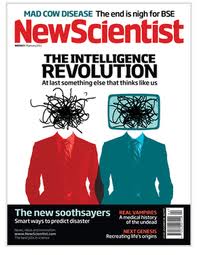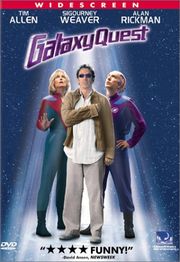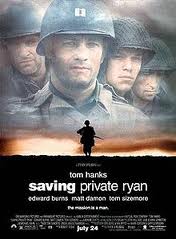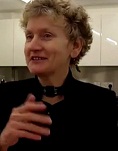
It seems a team of French boffins has invented enormously complex face recognition and audio recognition software called Story Visualizer (StoViz)that you can use to de-construct your favourite TV series and isolate plotlines involving your favourite character.
Wicked. Except that a quick phone call to the production house and sufficient money changing hands could have got them files full of detailed breakdowns of plotlines, character arcs, series arc, along with beat sheets, scene breakdowns, scripts - whatever they liked. All of these plot and character elements are, of course, planned long in advance by writers, producers, and often network executives. In fact, they often form a major part of the original pitch. Armies of people agonise over them throughout the creative development process - making sure they are original enough, complex enough, properly developed enough - and on and on.
I'm not quite sure how New Scientist or the boffins concerned think TV series get to the screen. Apparently the storylines kinda... just ... happen... Or is the article saying we writers are superhuman? Listen to this:
Identifying key plot points and tracing character arcs are not easy, even for a human. In fact what makes a show compelling is often the way it weaves these elements together in sophisticated ways.
Indeed. But look at the magnificent digital big guns StoViz throws at the problem.
So StoViz's first task involved "de-interlacing" those themes into individual threads. To find a particular storyline, it used image analysis to seek actors' faces and background scenery used in certain scenarios, in addition to analysing the audio for key words associated with that story.
The software then assembles a group of scenes that its video and audio algorithms have decided are semantically similar, and therefore hopefully represents the same plot line. In the same way, if you are interested in a certain actor, you can choose their face and only their scenes will be compiled into a summary.
Oh dear, dear. A couple of experienced TV writers supplied with sufficient beer and peanuts could have deconstructed those storylines and character arcs in no time, indeed, possibly on the fly.
In the words of the great Homer 'D'oh'! Check it out at http://www.newscientist.com/article/mg21628905.300-customise-your-favourite-tv-show.html


 RSS Feed
RSS Feed


